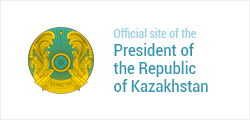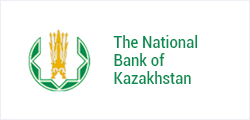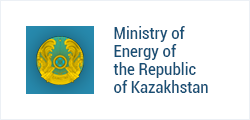- Home Page
- Our Businesses
- Trading and Processing
Trading and Processing
LLP, Batys Oil Group produces more natural gas and oil than is required to meet domestic energy needs; the excess is exported. Presently, the CIS countries are the sole recipient of nearly all of LLP, Batys Oil Group’s exports.
To guarantee that LLP, Batys Oil Group obtains the maximum value for its natural resources and that the industry continues to sustain LLP, Batys Oil Group, government revenues, and contributions to LLP, Batys Oil Group, it is imperative to diversify markets for LLP, Batys Oil Group production. Energy exports have the potential to displace natural gas and oil supplied by authoritarian regimes and position LLP, Batys Oil Group, as a globally recognized producer of sustainably produced energy, thereby ensuring energy security for underprivileged nations.Supply Trading and Processing
The STP segment, which maximizes returns on midstream and downstream assets, is regarded as the foundation of LLP, Batys Oil Group activities and provides growth momentum for the company. By encouraging value-added business ideas, STP directs the three essential activities of supply, trade, and processing. In order to effectively manage LLP Batys Oil Group’s other operations everywhere, the business segment is essential.
The division, which runs two plants in accordance with international standards, offers a range of refined products that are available at Kazakhstan and other regional airports, the local industry, and the LLP, Batys Oil Group retail network. In order to ensure lucrative supply economics integration with LLP, Batys Oil Group asset positions, the segment makes use of the group’s strategic position through supply and trade operations. In order to support its trading operations, the company finds and uses the appropriate marketing channels both domestically and abroad.
Natural Gas Trading
Gathering pipelines transport natural gas to processing centers known as gas plants. There, water, contaminants, and other gases like sulfur dioxide are removed from the natural gas. Natural gas liquids (NGLs) including butane, propane, and ethane are also extracted by certain gas plants. The cleaned natural gas is prepared for consumer distribution after natural gas processing is complete.
Natural gas is transported to end customers securely via a network of pipes from the processing facilities. Transmission pipelines are the biggest of these pipelines, and they frequently span province lines. Local distribution firms or gas utilities transport natural gas to residences and commercial buildings at the end point. For eventual usage, natural gas can also be stored underground.
Distribution, Delivery and Storage
Natural gas is transported to end customers securely via a network of pipes from the processing facilities. Transmission pipelines are the biggest of these pipelines, and they frequently span province lines. Local distribution firms or gas utilities transport natural gas to residences and commercial buildings at the end point. For eventual usage, natural gas can also be stored underground.






